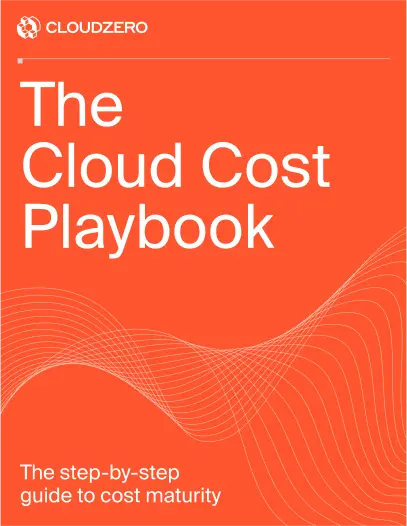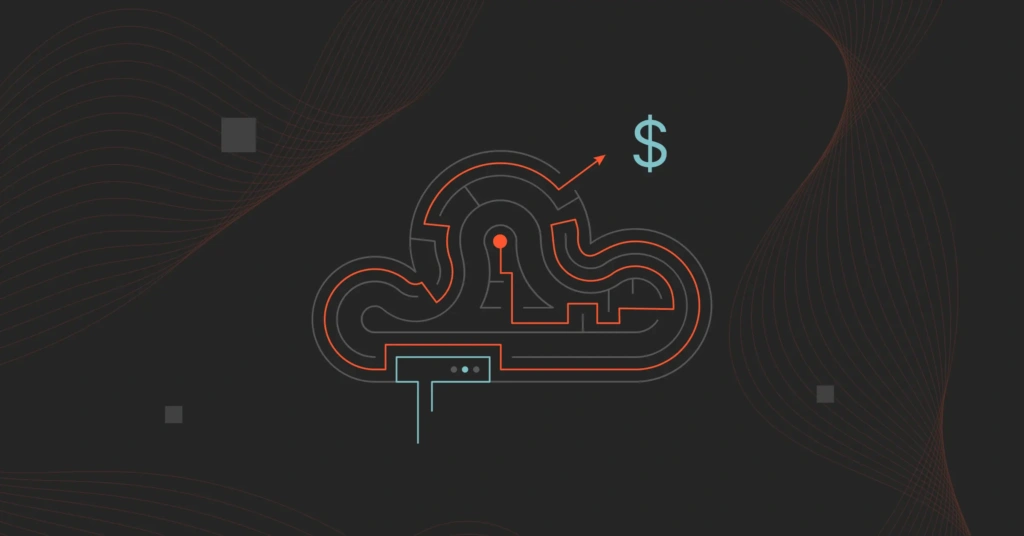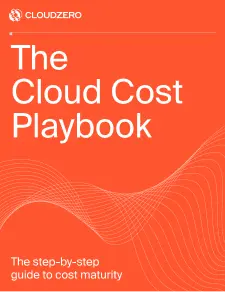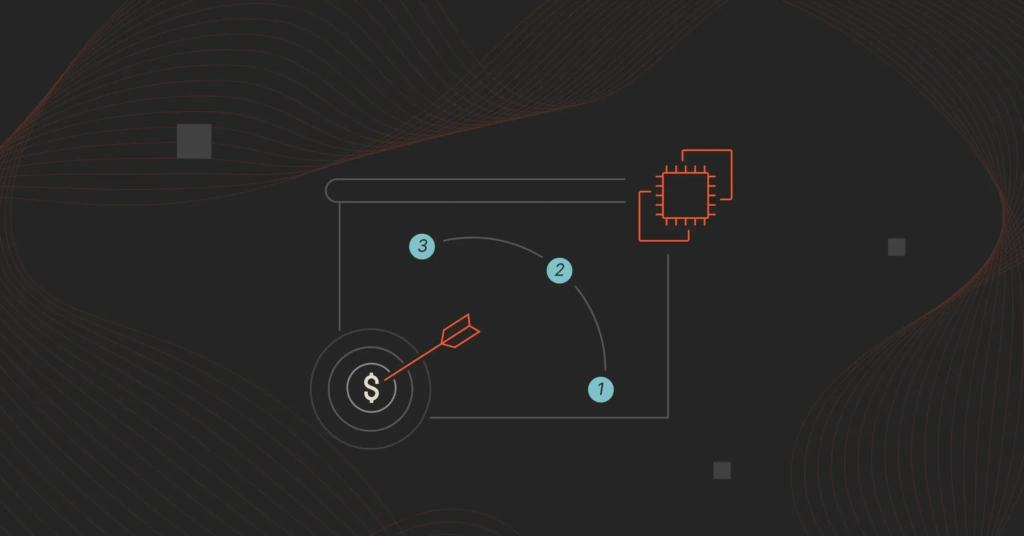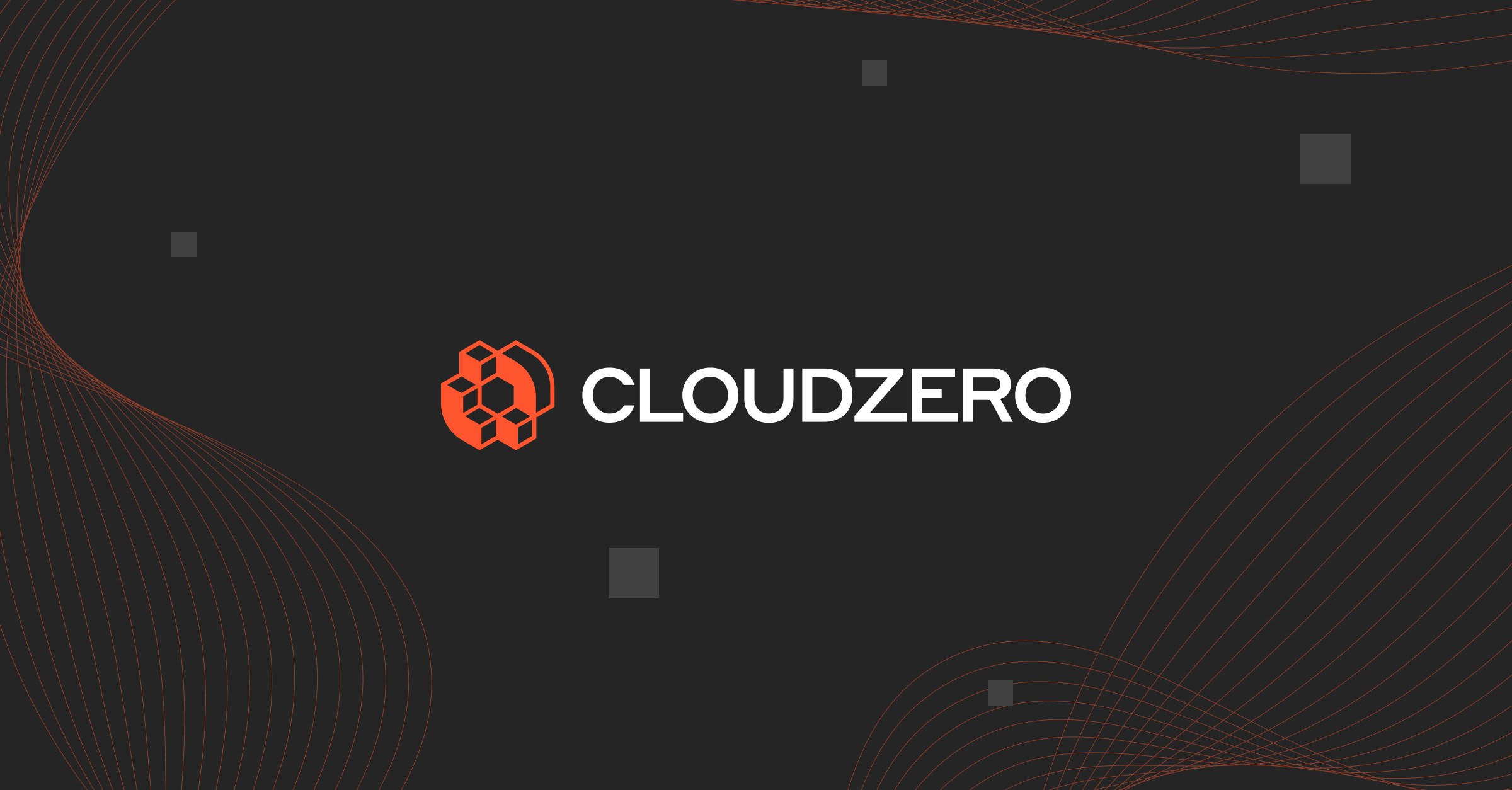Serverless architectures have revolutionized how businesses deploy applications, offering scalability and cost efficiency by abstracting infrastructure management. This model, charging only for resources consumed, poses unique budgeting and cost optimization challenges due to its variable pricing structure.
Navigating cloud costs in a serverless environment requires a nuanced understanding of leveraging this technology’s benefit while effectively managing expenses. This concise guide aims to demystify the complexities of serverless cost management, focusing on strategies for function optimization, resource allocation, and utilizing monitoring tools to control spending.
We will delve into the pricing models of major serverless providers, offering insights into achieving cost efficiency without sacrificing performance. We’ll also describe how platforms like CloudZero empower users to obtain otherwise cumbersome and complicated insights into their spending easily.
By understanding the intricacies of serverless cost structure and employing targeted optimization techniques, businesses can harness the power of serverless computing to enhance operational efficiency and maintain financial control.
Understanding Serverless Cost Models
The serverless cost models fundamentally shift from traditional fixed-cost infrastructure to dynamic pricing based on actual usage.
This model, prevalent among major cloud providers like AWS, Azure, and GCP, charges for the number of function invocations, the duration of execution (typically in milliseconds), and the resources allocated to each function.
This pay-as-you-go approach offers potential cost savings by eliminating charges for idle compute resources. However, it introduces challenges in budgeting and cost optimization due to its variability.
Effective management of serverless costs requires a deep understanding of each provider’s pricing nuances, such as free tier limits, pricing per million invocations, and cost implications of function configurations.
Businesses must navigate these details to leverage serverless computing’s benefits without incurring unexpected expenses, emphasizing the need for meticulous planning and monitoring to maintain financial control in a serverless architecture.
Challenges In Managing Serverless Costs
Navigating the financial landscape of serverless architectures introduces several unique challenges that demand meticulous attention:
- Unpredictability of application demand – Serverless infrastructure costs can fluctuate significantly with application usage. Unexpected spikes in demand can lead to sudden cost increases, complicating budget forecasts and financial planning.
- Granularity of pricing models – Cloud providers charge for serverless computing based on the number of requests and execution duration, requiring a detailed understanding of pricing tiers and potential cost drivers. This granularity makes it easier to monitor usage closely to avoid unexpected charges.
- Inefficient code execution – In serverless architectures, inefficient code can lead to longer execution times, directly impacting costs. Optimizing function execution time becomes crucial to maintaining cost efficiency.
- Over-provisioning resources – While serverless models inherently reduce costs associated with idle resources, over-provisioning function resources (like memory allocation) can still lead to unnecessary expenses, emphasizing the importance of right-sizing services.
- Complex integration of serverless components – Serverless applications often integrate with various services and APIs, each with its own pricing model. This complexity can make tracking and optimizing overall spending challenging, underscoring the value of comprehensive monitoring and management tools.
Addressing these challenges requires a proactive approach to serverless cost management, including regular review of function metrics, optimization of resource allocations, and employing advanced monitoring tools to ensure cost-effectiveness without compromising application performance.
Strategies For Optimizing Serverless Costs
Optimizing serverless costs effectively hinges on adopting a multi-faceted strategy encompassing diligent monitoring and management, proactive function optimization, and resource allocation. Focusing on function-level performance is essential to mitigate the variable costs inherent in serverless architectures.
This includes refining code to reduce execution time, directly lowering the cost associated with longer-running functions. Adopting a strategic approach to resource allocation – ensuring that functions are provisioned with just the right amount of resources, neither too little to affect performance nor too much to inflate costs – is key to achieving cost efficiency.
Equally important is adopting advanced monitoring tools that provide detailed insights into usage patterns and spending trends. These tools can help identify inefficiencies and optimize resources in real time. For instance, setting up alerts for unexpected spikes in usage can prevent budget overruns by allowing timely adjustments.
Leveraging these strategies requires a shift towards a more agile and responsive approach to cloud cost management. It’s about striking the perfect balance between performance and cost, ensuring that serverless applications deliver on their promises of scalability and efficiency and do so in a manner that aligns with financial objectives.
By fostering a culture of cost-awareness and continuously optimizing for efficiency, businesses can fully realize the benefits of serverless computing without succumbing to its potential financial pitfalls.
The Role Of CloudZero In Serverless Cost Management
While the world of serverless architecture can be full of nuances revolving around costs, thankfully, platforms like CloudZero have emerged that help clients navigate these complexities.
The CloudZero platform offers various features designed to tackle the unique challenges presented by serverless cost management, facilitating a more streamlined and cost-effective approach to utilizing serverless technologies.
CloudZero’s capabilities are tailored to enhance visibility into serverless spending, enabling users to pinpoint where and how their resources are consumed. This insight is crucial for making informed decisions that drive cost efficiency without compromising performance.
Here are several ways that CloudZero aids users in optimizing their serverless costs:
- Real-time cost monitoring – CloudZero provides real-time insights into spending, allowing teams to identify and address costly inefficiencies in their serverless architecture immediately.
- Detailed cost breakdowns – By offering detailed breakdowns of cost by service, function, and even individual invocations, CloudZero makes it easier to understand the drivers behind serverless spending.
- Anomaly detection and alerts – The platform detects unusual spending patterns and sends alerts, helping prevent budget overruns before they happen.
- Optimization recommendations – Leveraging machine learning and analytics, CloudZero suggests specific areas for cost optimization, such as identifying underutilized resources or inefficient code execution.
- Budget forecasts and tracking – Users can set and track budgets against actual spending, with CloudZero providing forecasts based on current and historical usage patterns.
Integrating CloudZero into serverless cost management practices enables businesses to balance operational efficiency and cost-effectiveness. The platform’s comprehensive insights and actionable recommendations empower users to optimize their serverless infrastructure proactively.
By doing so, companies can ensure that they are not only leveraging the full potential of serverless computing to scale and innovate but also doing it in a financially sustainable way. Regardless of where you are on your cost optimization journey, you should not miss the opportunity to transform your cost management with CloudZero.
 and take the first step towards optimizing your cloud expenses with precision and ease.
and take the first step towards optimizing your cloud expenses with precision and ease.
